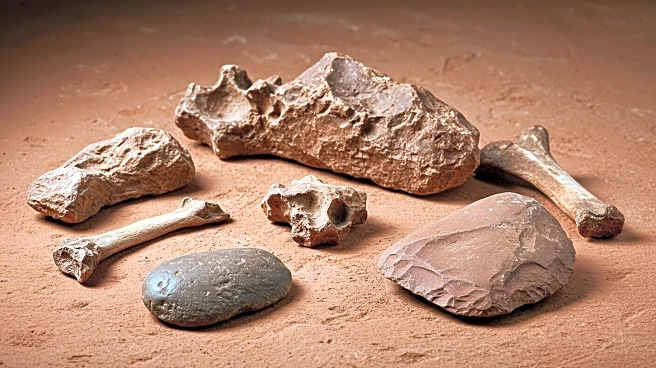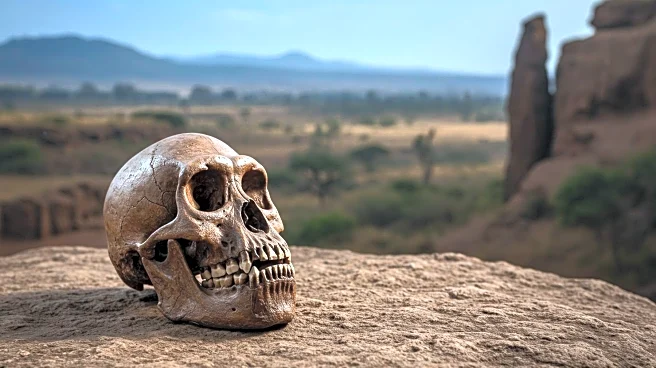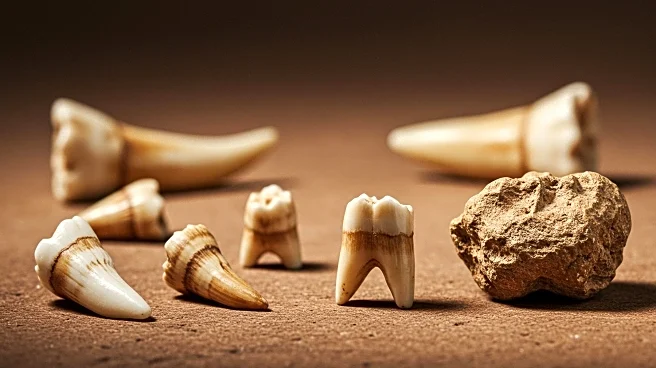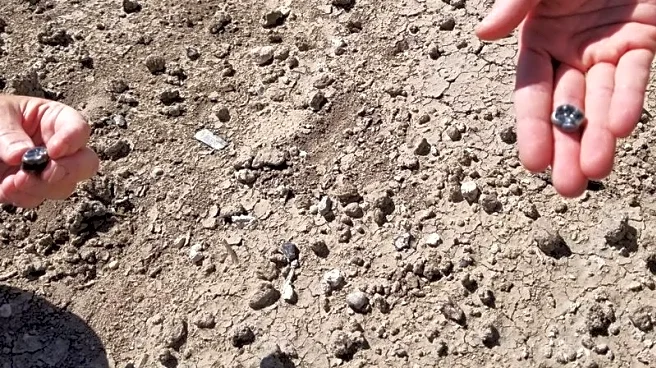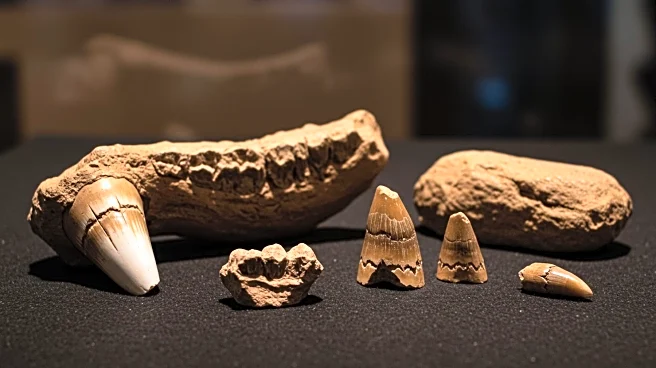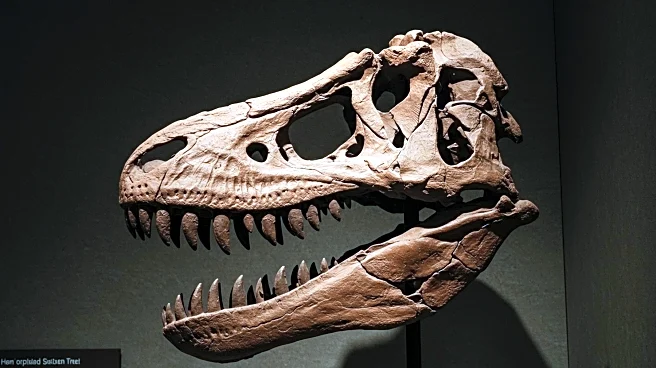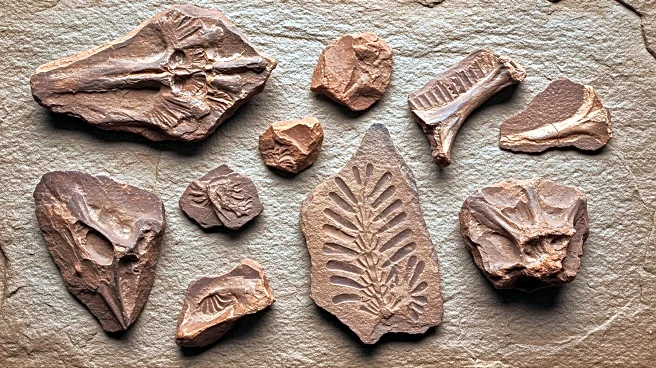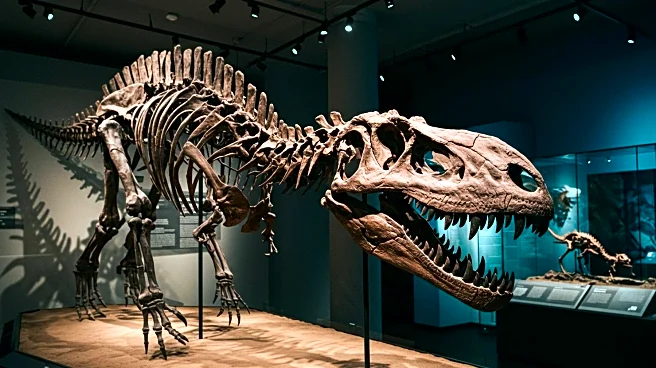What's Happening?
Researchers have discovered fossilized teeth in Ethiopia that may belong to a previously unknown species of Australopithecus, alongside teeth from the oldest known Homo species. These findings, published in the journal Nature, suggest that multiple hominin lineages coexisted in the region around 2.6 million years ago. The teeth were found at the Ledi-Geraru archaeological site, known for earlier significant discoveries, including the oldest known human jawbone. The site provides evidence of an open, arid grassy plain environment that supported early hominins.
Why It's Important?
This discovery adds complexity to the understanding of human evolution, indicating that multiple hominin species lived simultaneously in the same region. It challenges the linear view of human evolution, suggesting a 'bushy' evolutionary tree with various species experimenting with different adaptations. The findings could reshape theories about early human migration and interaction, offering insights into how different species may have competed for resources. This research underscores the importance of Ethiopia as a key location for studying human origins.
What's Next?
Researchers are analyzing the enamel of the newfound teeth to determine the diet of these early hominins, which may reveal whether they competed for similar resources. Further excavations at the site aim to uncover more fossils and information, contributing to the puzzle of human evolution. The study of these interactions could provide a deeper understanding of the ecological dynamics that shaped early human development.
